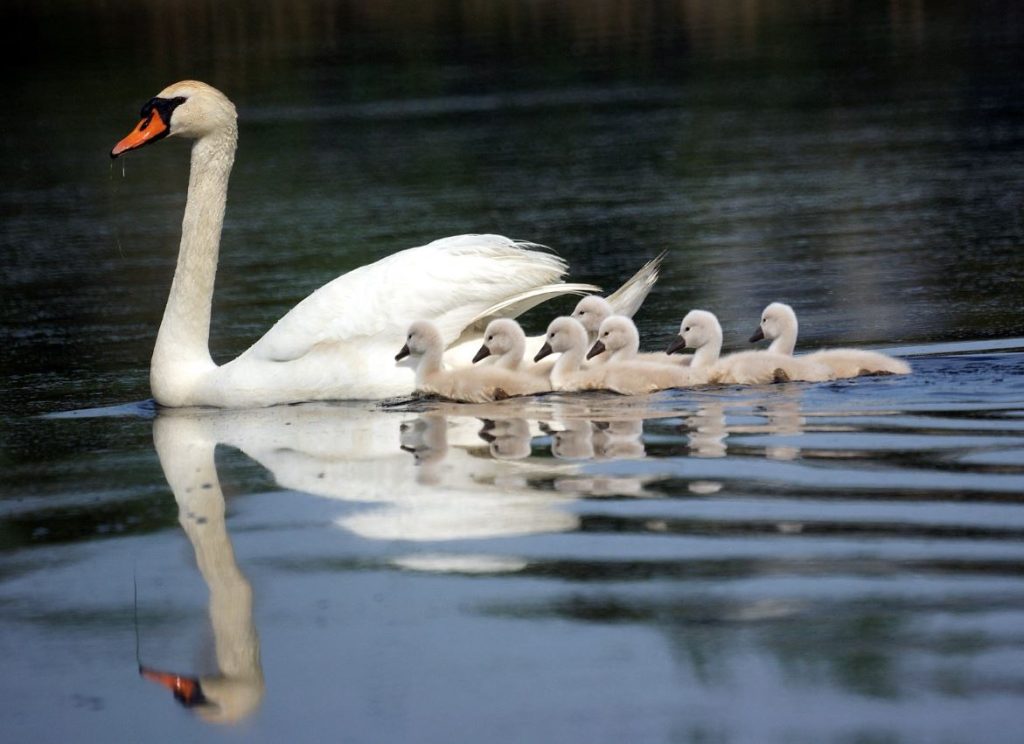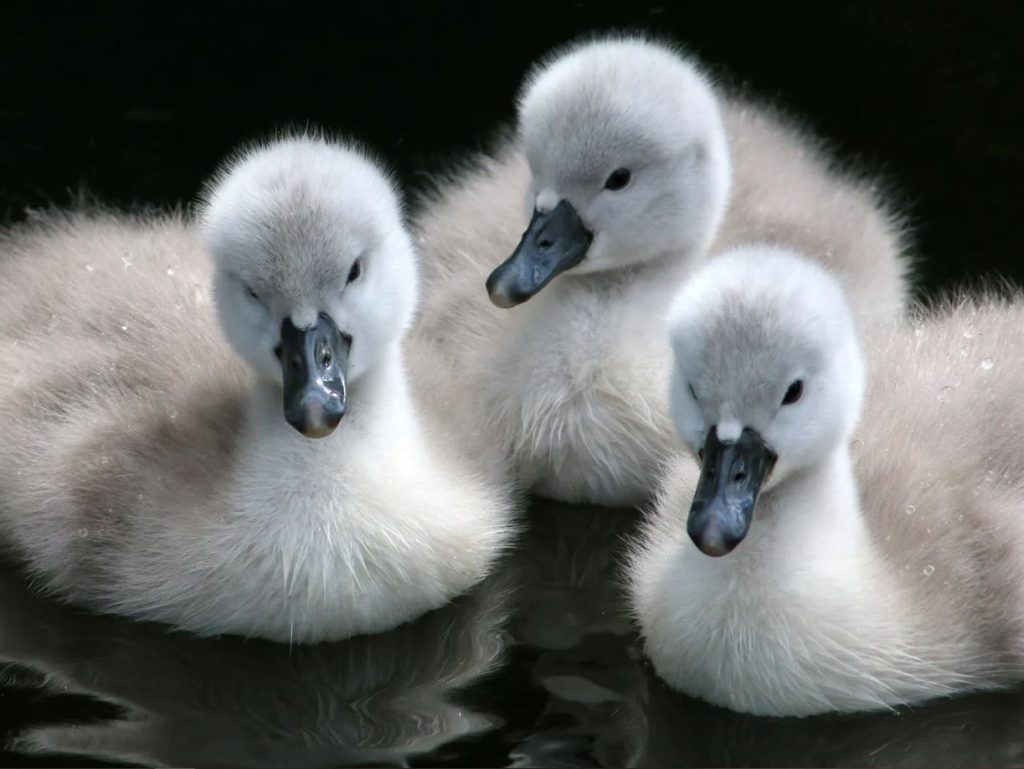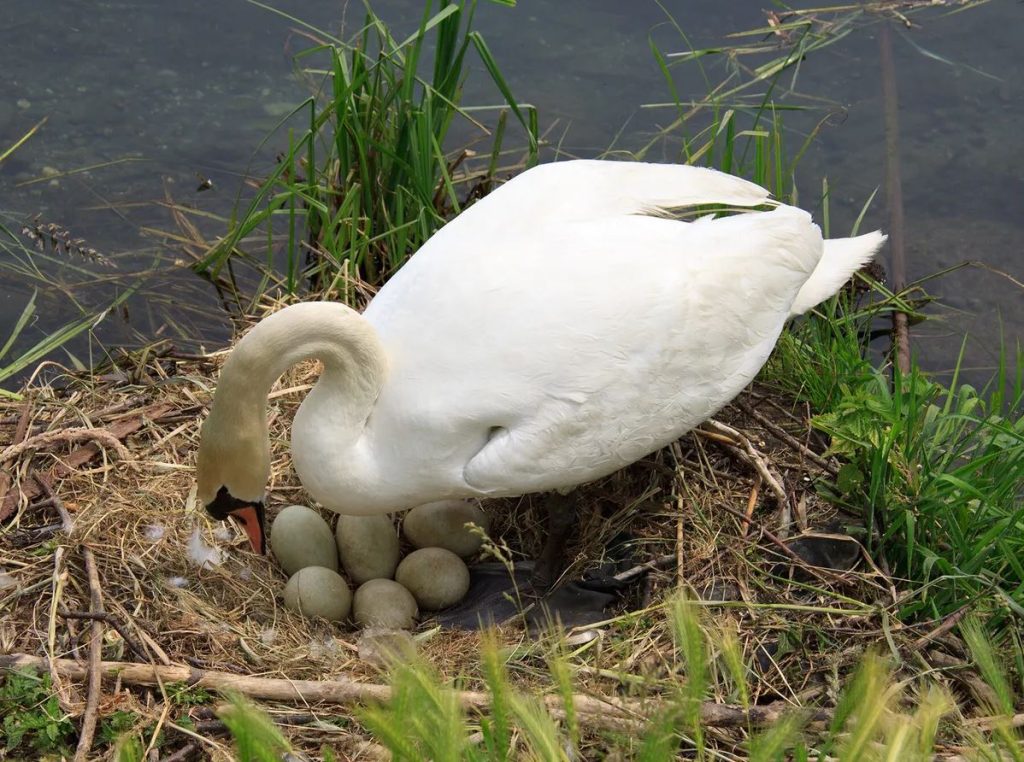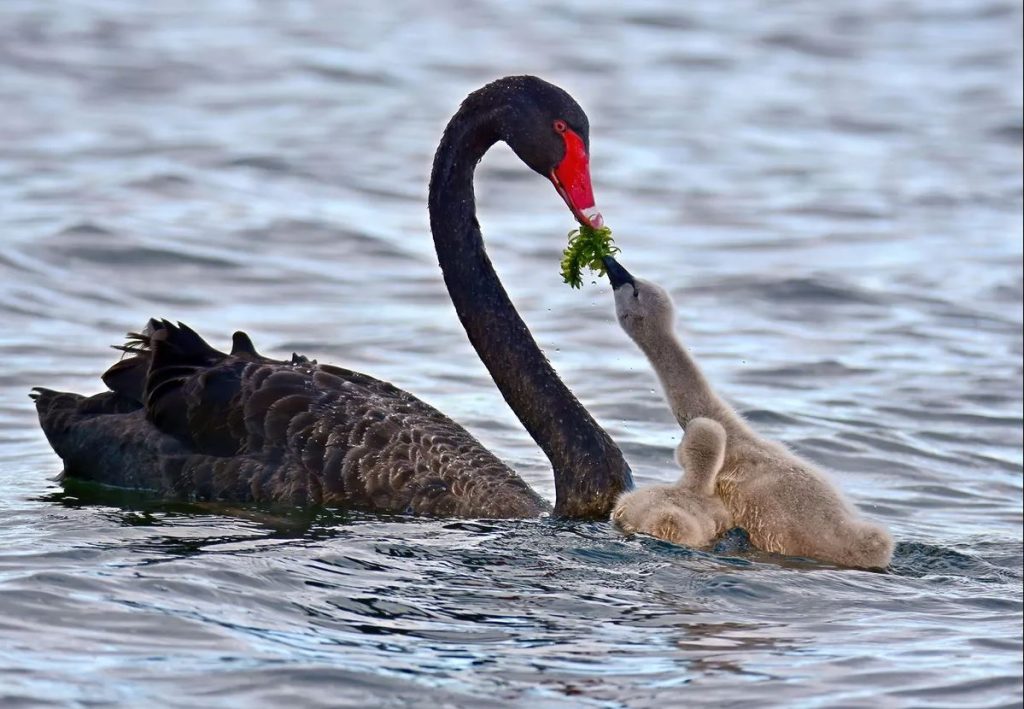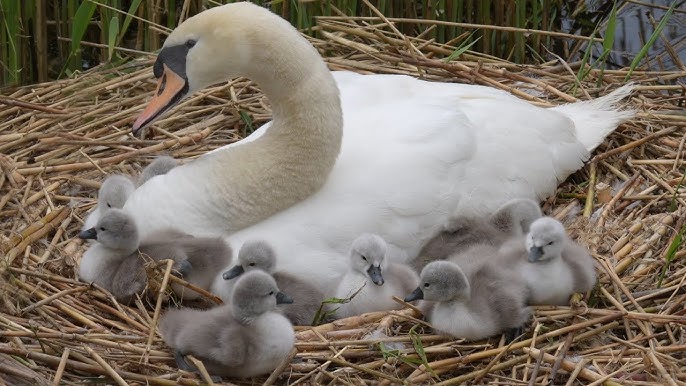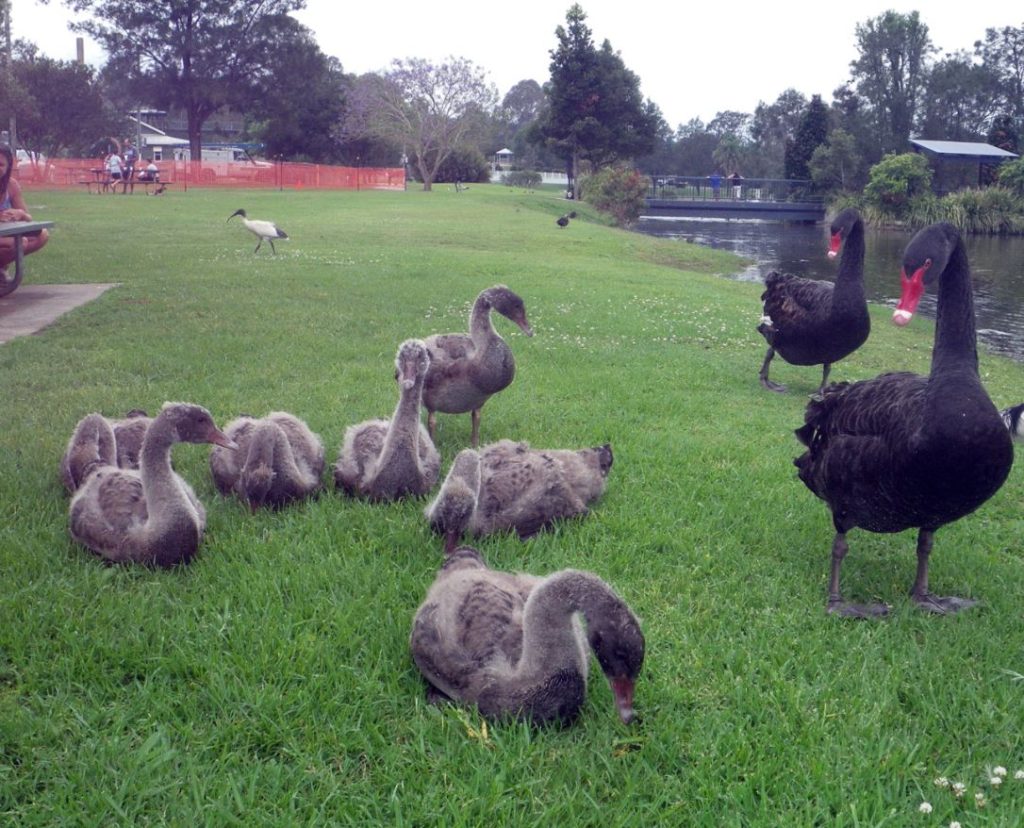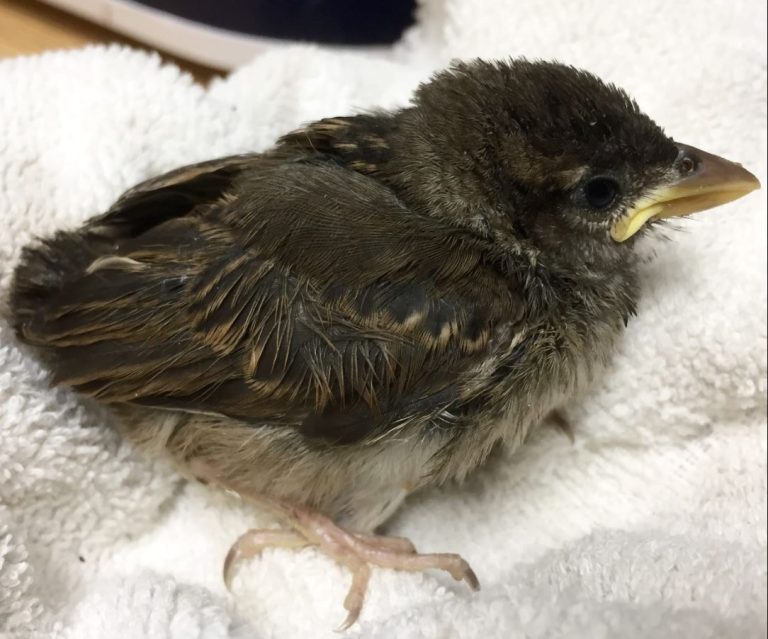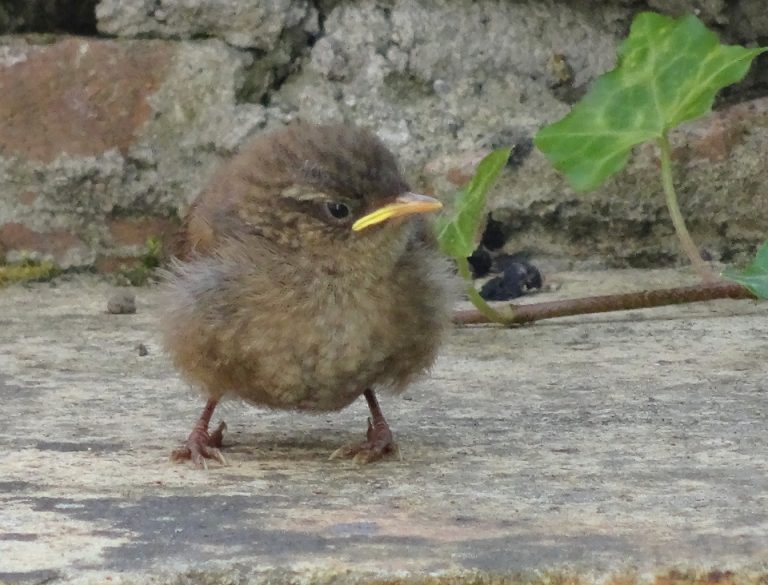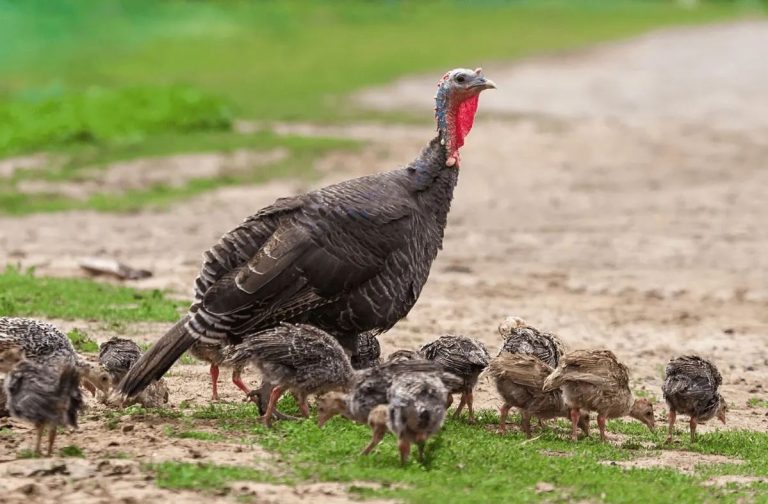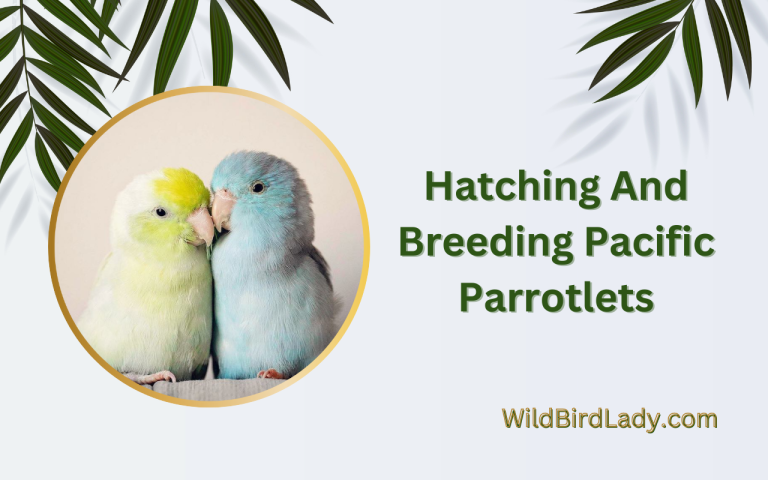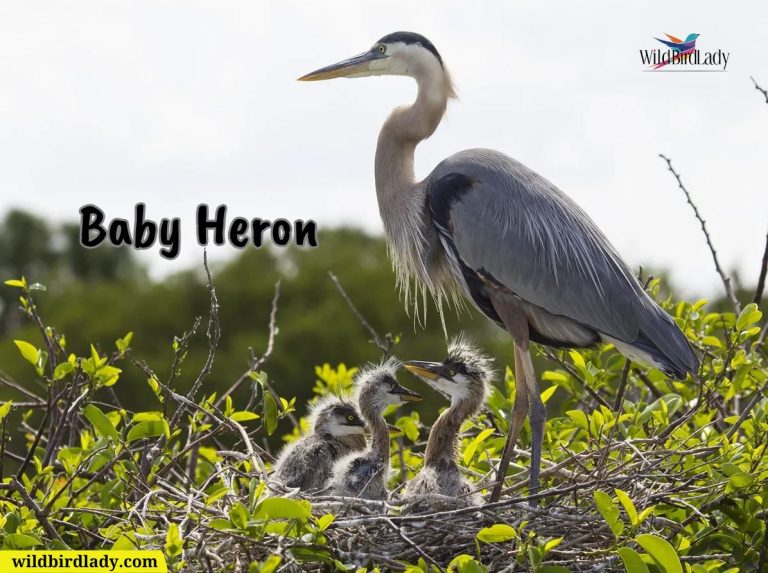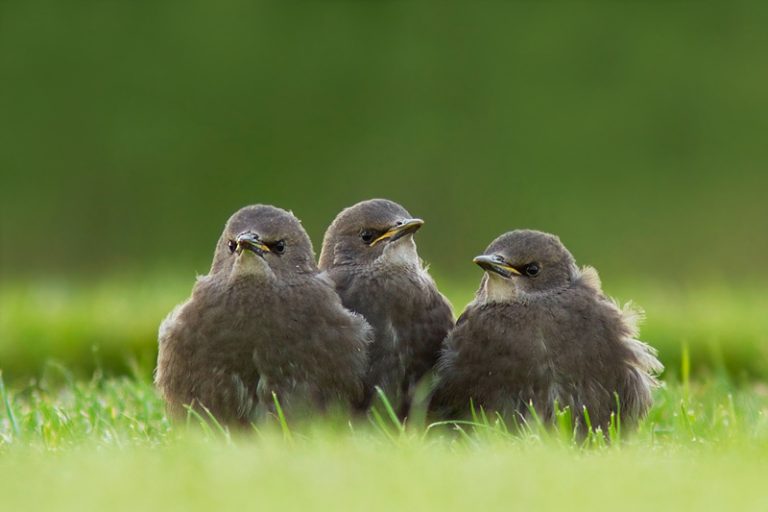Baby Swan: What They Look Like, Eat & How They Grow Into Graceful Adults
Graceful, elegant, and often seen gliding serenely across lakes—swans have long captured our imagination. But what about baby swans? These adorable, downy little creatures, known for their gray fluff and endearing waddles, are just as fascinating. In this complete guide, we’ll explore everything you need to know about a baby swan—from what they’re called to what they eat, how they grow, and why they matter in the animal kingdom.
Whether you’re a bird lover, a curious parent, or someone who recently spotted a nest of swan babies, this guide is your go-to source for understanding these enchanting creatures.
What Is a Baby Swan Called? The Proper Baby Swan Name
Let’s start with the basics: What’s the baby swan name?
A baby swan is called a cygnet (pronounced sig-net). This term comes from the Old French word cignet, a diminutive of cygne, meaning swan. It’s a specific term reserved just for swan chicks—much like “gosling” for geese or “duckling” for ducks.
- Singular: Cygnet
- Plural: Cygnets (or simply baby swans, swan babies)
So next time you see a fuzzy gray chick trailing behind a majestic white bird, you can impress your friends by saying, “Look! It’s a cygnet!”
What Do Baby Swans Look Like?
Fluffy, Gray, and Adorable
A baby swan looks like a fluffy ball of light gray or beige fuzz, often with a black beak and dark feet. They’re about the size of a grapefruit at birth and are covered in soft down rather than feathers.
Here are some common traits of swan babies:
- Color: Pale gray, beige, or even white (depending on species)
- Beak: Black or gray in cygnets, becoming orange or pink as they mature
- Feet: Usually dark gray or black
- Eyes: Bright and alert, showing curiosity early on
Despite their clumsy waddle on land, baby swans are surprisingly agile in water, often swimming within a day of hatching.
Did You Know?
In some species like the Black Swan, cygnets are much paler—nearly white—contrary to their parents’ dark appearance. Talk about a twist on the “ugly duckling” tale!
How Big Are Baby Swans at Birth?
Newly hatched swan babies typically weigh around 7 to 10 ounces (200–300 grams) and are about 6 to 8 inches long. They grow rapidly, doubling their weight within the first week and reaching nearly half their adult size within a couple of months.
Where Are Baby Swans Born? Understanding the Nesting Process
Swans are monogamous birds, forming lifelong pair bonds. They typically build their nests on:
- Lake or pond edges
- Floating vegetation
- Islands or riverbanks
Female swans (called pens) lay 4 to 10 eggs in early spring. After about 35 to 41 days of incubation, the eggs hatch almost simultaneously—giving rise to a batch of adorable cygnets.
Fun Fact:
Both swan parents—pen (female) and cob (male)—are actively involved in raising their young, which is uncommon among many bird species.
What Do Baby Swans Eat?
Natural Diet of a Baby Swan
At birth, cygnets rely on the yolk sac remaining from the egg for nutrition in their first 24–48 hours. Once that is absorbed, they begin feeding actively.
Their diet includes:
- Aquatic insects
- Algae and pondweed
- Small crustaceans
- Zooplankton
- Soft grass and aquatic plants
Baby swans often learn what to eat by mimicking their parents. They dabble in shallow waters and follow their parents’ movements closely.
Do Baby Swans Eat Bread?
While many people toss bread to swan babies, it’s actually not healthy. Bread lacks the nutrients needed for proper development and can lead to malnutrition and water pollution.
Instead, offer:
- Chopped leafy greens (lettuce, spinach)
- Duck pellets
- Oats or cracked corn
- Natural aquatic vegetation
How Fast Do Baby Swans Grow?
Swan babies grow rapidly and go through distinct stages:
1. Hatchling (0–1 week):
- Covered in soft gray down
- Stay close to the nest and parents
- Begin swimming within 24 hours
2. Nestling (1–4 weeks):
- Develop stronger legs and neck
- Begin dabbling more independently
- Voice becomes audible (soft peeping sounds)
3. Juvenile (4–12 weeks):
- Start growing feathers
- Become more agile in water
- Wings develop but can’t fly yet
4. Fledgling (10–16 weeks):
- Fully feathered
- Begin flapping and flight practice
- Start learning to fly between 12–16 weeks
5. Subadult (4–12 months):
- Nearly adult size
- Color may still be duller than adults
- Begin separating from family unit
By 6 months, most cygnets are indistinguishable in size from adults but may still retain some gray feathers. Full maturity occurs by 2 to 4 years, depending on species.
Do Baby Swans Stay With Their Parents?
Yes—baby swans remain with their parents for up to 6 months or longer, often migrating together during winter.
Swans are highly protective of their young. The male, or cob, is especially aggressive in guarding the territory. It’s not uncommon to see the cygnets riding on the parents’ backs when tired or cold.
Species Spotlight: Differences Among Baby Swans
There are several species of swans, and while all swan babies share similar features, there are subtle differences:
| Swan Species | Cygnet Color | Adult Appearance |
|---|---|---|
| Mute Swan | Gray or white | White with orange bill |
| Trumpeter Swan | Light gray | White with black bill |
| Tundra Swan | Pale gray | White with yellow/black bill |
| Black Swan | Almost white | Black with red bill |
| Whooper Swan | Pale gray | White with yellow/black bill |
The Ugly Duckling Connection
Many people associate swan babies with the classic tale “The Ugly Duckling” by Hans Christian Andersen. The story tells of a plain little bird that grows into a beautiful swan—mirroring the transformation from a fuzzy, gray baby swan into an elegant adult.
The lesson? Beauty is more than feathers deep.
Are Baby Swans in Danger? Common Threats to Cygnets
Unfortunately, baby swans are vulnerable to several threats, especially in urban or suburban settings:
- Predators: Foxes, raccoons, snapping turtles, and birds of prey
- Polluted waters: Can cause sickness or deformities
- Boats: Speedboats and jet skis can injure young swans
- Human feeding: Bread and processed food harm their development
How You Can Help:
- Observe from a distance
- Avoid feeding bread
- Report injured cygnets to wildlife rescue centers
- Protect wetland habitats
When Do Baby Swans Leave the Nest?
The journey from fluffy cygnet to independent swan is both fascinating and gradual. Unlike many bird species that leave the nest mere weeks after hatching, baby swans stay with their parents for an extended period—benefiting from their protection, guidance, and strong family bonds.
Early Months: Constant Parental Care (0–3 months)
For the first few months, swan babies remain entirely dependent on their parents. They follow closely behind the adult pair in a line, often mimicking feeding behavior and using soft vocalizations to communicate. The parents, especially the cob (male), act as vigilant guardians—chasing off predators, other swans, or even humans that get too close.
During this period, cygnets ride on their parents’ backs to stay warm and safe, especially when they’re still small and vulnerable to cold water or threats in the environment.
Mid to Late Summer: Exploring and Developing (3–5 months)
As swan babies approach 3 to 4 months of age, they begin to grow flight feathers and practice flapping their wings. At this stage, they explore more independently but still remain close to their family group. Their gray down is gradually replaced by juvenile feathers, and their legs, necks, and wings strengthen in preparation for flight.
First Flights and Fledging (4–6 months)
Most cygnets begin their first true flight attempts around 4 to 5 months old. They start by running across the water’s surface in short, clumsy lifts before achieving sustained flight. This is a crucial milestone, marking the beginning of true independence.
By late summer or early fall, especially in migratory swan species like the Trumpeter Swan or Tundra Swan, young birds take to the skies for the first time—often alongside their parents during seasonal migration.
Do All Baby Swans Leave at the Same Time?
Not always. Some swan babies, especially those in non-migratory species like the Mute Swan, may stay with their parents into winter or even until the next breeding season. These juveniles continue to learn survival behaviors and may remain part of the parental territory until the adult pair begins nesting again.
Eventually, as the next brood arrives, the parents will gently but firmly push the young swans to move on and establish their own territories.
Summary:
- 0–3 months: Fully dependent, learning to feed and swim.
- 3–5 months: Gaining strength, developing feathers, exploring more independently.
- 4–6 months: Start flying and slowly separate from parents.
- After 6 months: Most baby swans leave, but some may stay until the next spring.
Whether they leave at 5 months or linger for a year, one thing is certain: every swan baby embarks on an incredible transformation from awkward fluffball to graceful waterbird—right before our eyes.
Final Thoughts: From Cygnet to Swan
Watching a baby swan grow from a fluffy gray puffball into a stunning adult is a remarkable journey. Their development is a powerful metaphor for transformation, patience, and resilience.
From the moment they hatch, swan babies are full of wonder—and whether you spot them in the wild or through the lens of a camera, they’re always worth admiring.
FAQ: Everything You Ever Wondered About Baby Swans
Q: What is the baby swan name?
A: Baby swans are called cygnets.
Q: Can baby swans swim?
A: Yes! They can swim within 24 hours of hatching.
Q: Are swan babies born with feathers?
A: No. They are born with soft down, not fully developed feathers.
Q: Do both swan parents care for the babies?
A: Yes—both the pen and cob are actively involved in raising cygnets.
Q: Are baby swans endangered?
A: Some swan species are protected, but habitat loss and pollution pose serious risks.
Want to See Baby Swans in Real Life?
To catch a glimpse of baby swans in the wild:
- Visit nature reserves and wetland parks in spring and early summer.
- Look for nesting areas near quiet lakes.
- Bring binoculars and observe from a respectful distance.
Related Reading:
- Juvenile Bald Eagle: How to Identify This Young Raptor
- Baby Robin: What They Look Like, Eat & When They Leave the Nest


